
A Newly Discovered Plant Species Saved from the Rising Waters of Neckartal Dam
9th September 2021
While the filling of Namibia's newest and largest dam was met with jubilation after many years of drought, this event almost spelled extinction for a plant species that was unknown to science before the dam was built. The National Botanical Research Institute (NBRI) rescued as many plants as possible before they were inundated by the rising waters, and is determined to ensure the survival of this species.
As humanity forges ahead with developments to accommodate our burgeoning global population, many species of plants and animals pay the ultimate price – extinction. Sadly, this seems to be an accelerating tragedy despite all the rhetoric about green development
and saving the planet. Some species disappear before they are even described by scientists, and many newly discovered species vanish almost as soon as we find them. This cautionary tale of Neckartal Dam and a newly discovered plant species shows just how vulnerable our biodiversity can be to the impact of development.
A new dam and a new species

Neckartal Dam is located west of Keetmanshoop in the Fish River where it winds its way through a remote and arid part of southern Namibia. Although conceived in the 20th century, construction of the dam only started in 2013. It was completed in late 2019 and is, at present, by far the largest storage dam in the country. Like most of Namibia's rivers, the Fish is ephemeral: it only flows when sufficient rain falls in the catchment area further north. During the recent years of drought, the river did not flow strongly and the newly completed dam stood empty, waiting for inflow.
Without the required scoping and subsequent specialist studies as part of the Environmental Impact Assessment for the construction of the new dam, one particular plant species might have remained in obscurity, and disappeared without a trace. During the scoping study in 2010, Warren McClelland stumbled across the plant at Ururusis Fountain in the Fish River south of Snyfontein, and showed it to Coleen Mannheimer, who immediately recognised its novelty and sent photos to Dr John Manning of the Compton Herbarium in the Kirstenbosch National Botanical Garden in Cape Town, an expert in the family Iridaceae (Irises), who confirmed that it was very likely a new species in the iconic genus Gladiolus.
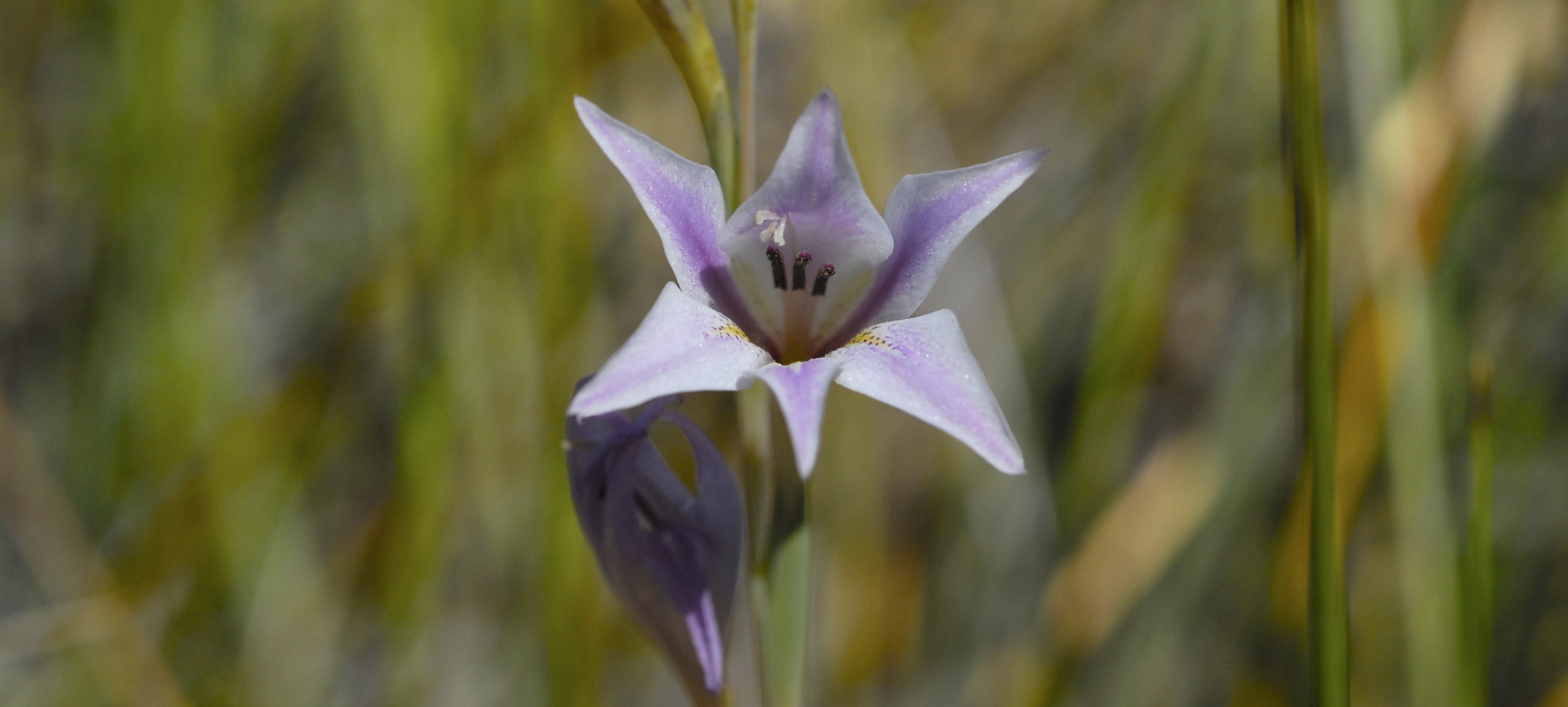
In a collaborative field trip in August 2010, John and Coleen, as well as two staff members from the NBRI, were delighted to find the species blooming between sedges in its super-saline habitat south of Snyfontein. Driving, and then walking, through the dry, dusty surroundings, with most of the vegetation desiccated, brown and often leafless, there were moments when it seemed ludicrous to expect to find a flowering lily. It was with relief that Coleen saw a few flowers in the distance (having lured John all the way from Cape Town to see this wonder), but she acted nonchalantly – as though there had never been any doubt that the expedition would be successful. In 2011 John Manning and Peter Goldblatt, another expert from the Missouri Botanical Garden, U.S.A., confirmed that it was a new species and named it Gladiolus diluvialis, meaning 'flood, to wash away', reflecting the imminent threat to the newly discovered species.
Gladiolus diluvialis is an unassuming geophyte with a small, bulbous underground tuber (known as a corm). It is unusual in that it flowers during the dry winter season and grows in hyper-saline soils where other Gladiolus species may struggle to survive.
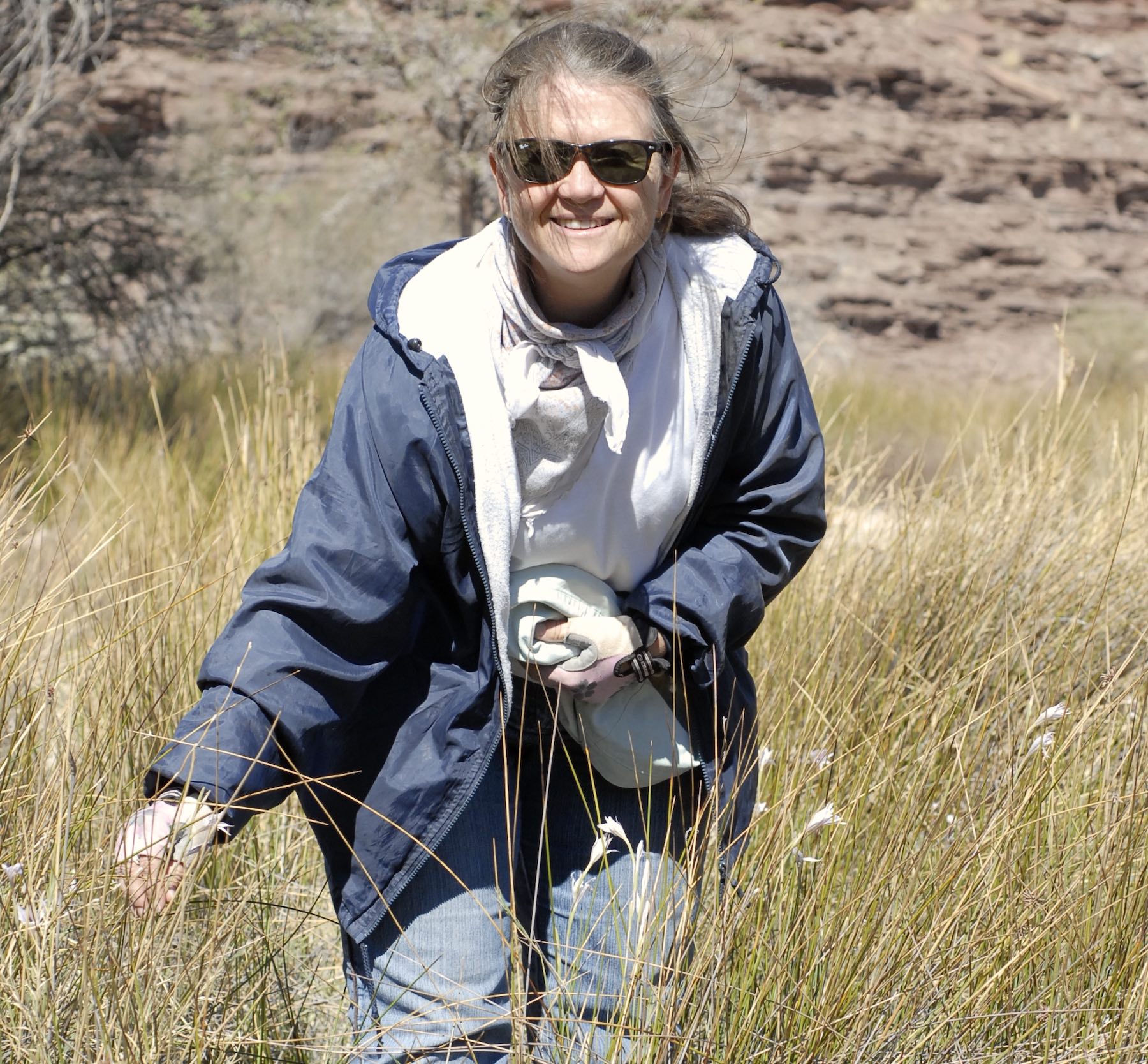

Despite extensive search efforts undertaken at twelve potential sites (identified from satellite imagery) within a 100 km radius of Ururusis, only two small locations harbouring the species were found prior to the dam being built. The Ururusis site was a saline area around the base of a brackish water seep on the steep, canyon-like slopes above the riverbed and far upstream of the new dam wall. It would definitely be permanently inundated with water when the dam filled up.
The Snyfontein site, a spring area, is set further away from the Fish River on a tributary, which flows seasonally over somewhat flattish, rocky terrain. This second site, located with the help of a knowledgeable Snyfontein elder, Willem Cloete, is located at a higher elevation than the first and would therefore only be periodically inundated when the dam reaches close to maximum capacity which, according to the EIA report, was likely to be a rare event.
During this work, which included a Red Data Assessment, approximately 80 corms were collected and a seed collection for the National Plant Genetic Resources Centre (NPGRC) was done at the Ururusis site. The seeds at the Snyfontein site were still immature, and not suitable for collection. The corms were given to the National Botanical Garden (NBGN) and the seeds to NPGRC. Mr Cloete also took the team to a dry clay depression southeast of Snyfontein, situated away from the river but, although corms were found, it was not possible to say for sure that the plant occurred there.
A conservation strategy and rescue mission
In September 2019, the Environmental Officer at Neckartal approached the NBRI with concerns that the dam was reaching completion and as yet insufficient steps had been taken to address the plight of the new plant species. The NBRI hastily developed a long-term conservation strategy for the plant that was approved by the Ministry of Agriculture, Water and Forestry (now Ministry of Agriculture, Water and Land Reform). This enabled the NBGN, a section of the NBRI, to undertake a once-off collecting trip to the Neckartal Dam in November 2019, before the dam began filling up.
A team of six NBGN staff set out for the Fish River to dig out as many plants as possible from the Ururusis site, which was viewed as most vulnerable to inundation. This proved to be tough work. The ground had already dried out to hard clay in much of the habitat. Picks and forks had to be used to break it up. Individual corms were picked out of the clay clods by hand and bagged. Progress was slow and hot in the sun. Despite working systematically and efficiently, the team ran out of time and much of it was untouched at the end of this expedition. Nonetheless, over 2000 plants were rescued and brought to the NBGN to be propagated as an insurance population for the species. Although the team visited the Snyfontein site, the terrain made it almost impossible to lift the plants without damaging them too much to be successfully replanted, so this population was left where it was found.
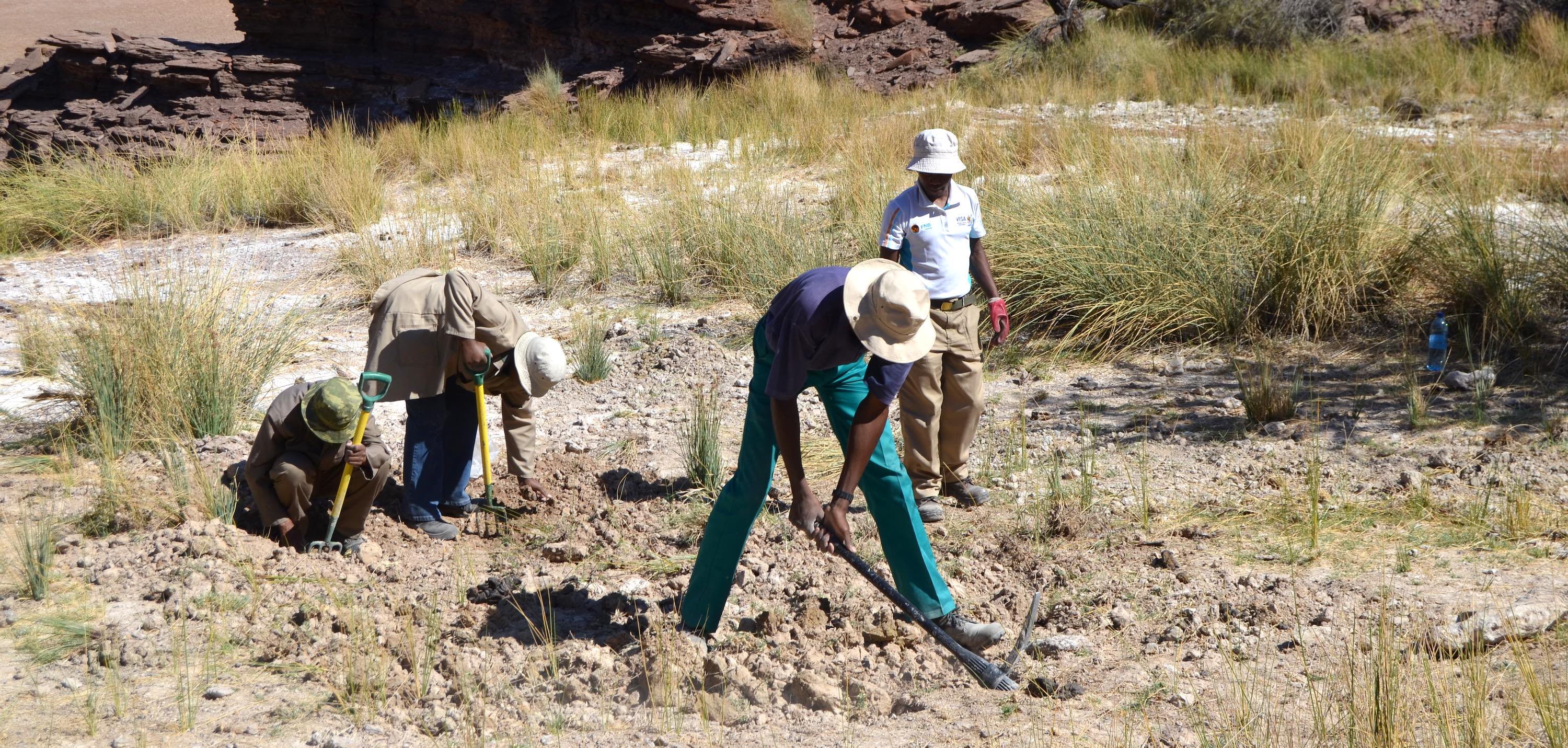
At the time the dam was built everyone expected it to take many years to fill to a level that would threaten the Snyfontein population, which sits much higher than the population that was rescued by the NBGN. It was hoped that there would be time for the bulk collection of seeds over a few years to save for further conservation steps. The situation changed dramatically in early 2021, however, as the new dam rapidly reached maximum capacity after heavy rains fell throughout central Namibia. Both sites are now well and truly inundated with water, and the population at Snyfontein is also unlikely to survive.
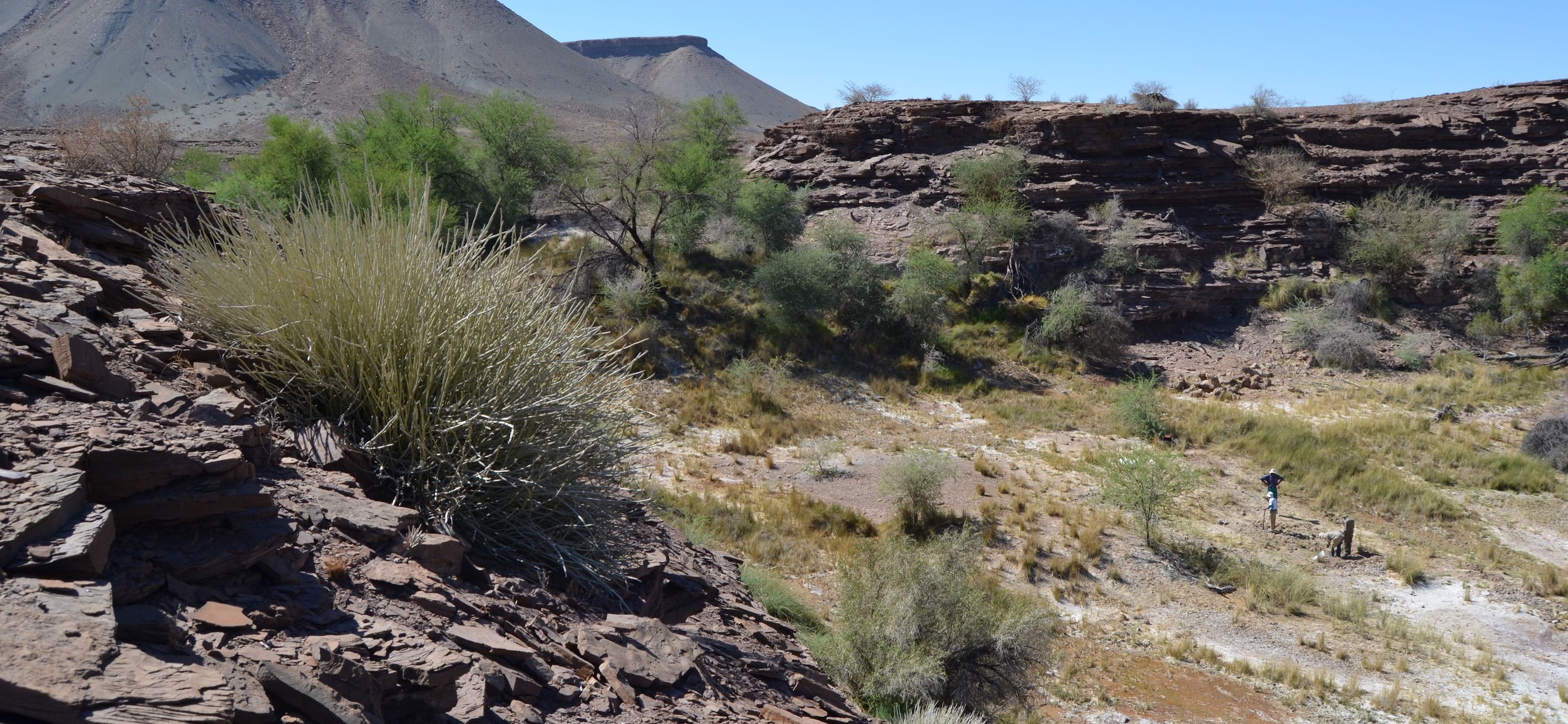
Next steps for long-term conservation
In line with the conservation strategy, some fifty plants were delivered to the Kirstenbosch National Botanical Garden in South Africa, where they have been incorporated into their world-renowned geophyte collection. The rest are currently being kept in the plant nursery at the NBGN. They have been planted in trays containing three different growing mediums and watered regularly. While they have shown some seasonal growth, it has not been vigorous and none of the plants have flowered and seeded. This is a serious concern, as a failure to produce seeds may have a negative impact on the future of the species and might limit attempts to introduce the plant to potential new field sites.
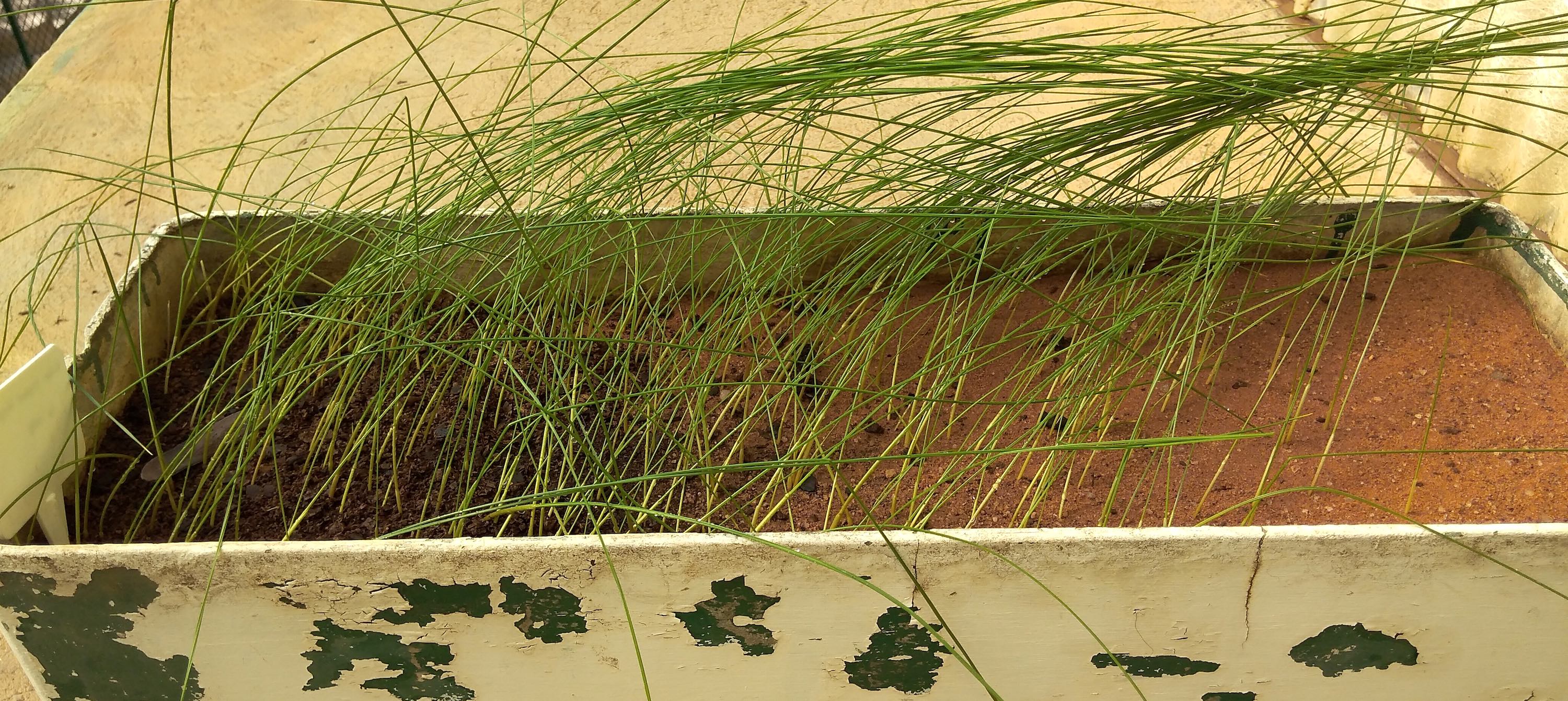
In order to improve the long-term survival chances of the population currently housed in the plant nursery, a permanent bed will be built at the NBGN with funds from Botanical Gardens Conservation International. This permanent bed will hopefully encourage flowering and seed production, while providing visitors to the garden with a new point of interest.
Short of outright extinction, the worst-case scenario is that this newly discovered species joins the long list of plants with the dubious distinction of being extinct in their original habitat, existing only in nurseries and gardens. Unlike some of the plants on this list, however, G. diluvialis is not showy enough for the horticultural trade, nor does it have any known useful applications for humans or their livestock. It therefore requires a conservation effort that does not rely on commercial uses or value of the plant. This may be achievable by promoting it as a public conservation initiative, making limited numbers of the plant available to interested members of the public under an agreement to share genetic material produced. This will decrease the risk to the species' survival and increase the likelihood of seed production by some participating plant enthusiasts.
The conservation strategy makes provision for introducing some of the plants into habitats that are similar in setting, climate and geology to their original home. Several of the twelve sites originally investigated for the plant would offer potential relocation or re-seeding sites in future efforts to improve the outlook for this rather special species. Although it would involve challenges, if populations could be established at one or more new sites, it would be a tremendous conservation success. Even better, further exploration of the Fish River system might reveal currently unknown sites where the species is still found. For example, the clay depression identified by Mr Cloete, who was clearly familiar with the species, may harbour a small population. This would be wonderful news for concerned conservationists.
Any person who knows of areas where this plant grows is encouraged to contact one of the authors at 061 202 2012 or senioragri[at]gmail.com
For articles on similar topics, please click one of the following options:
If you enjoyed this page, then you might also like:

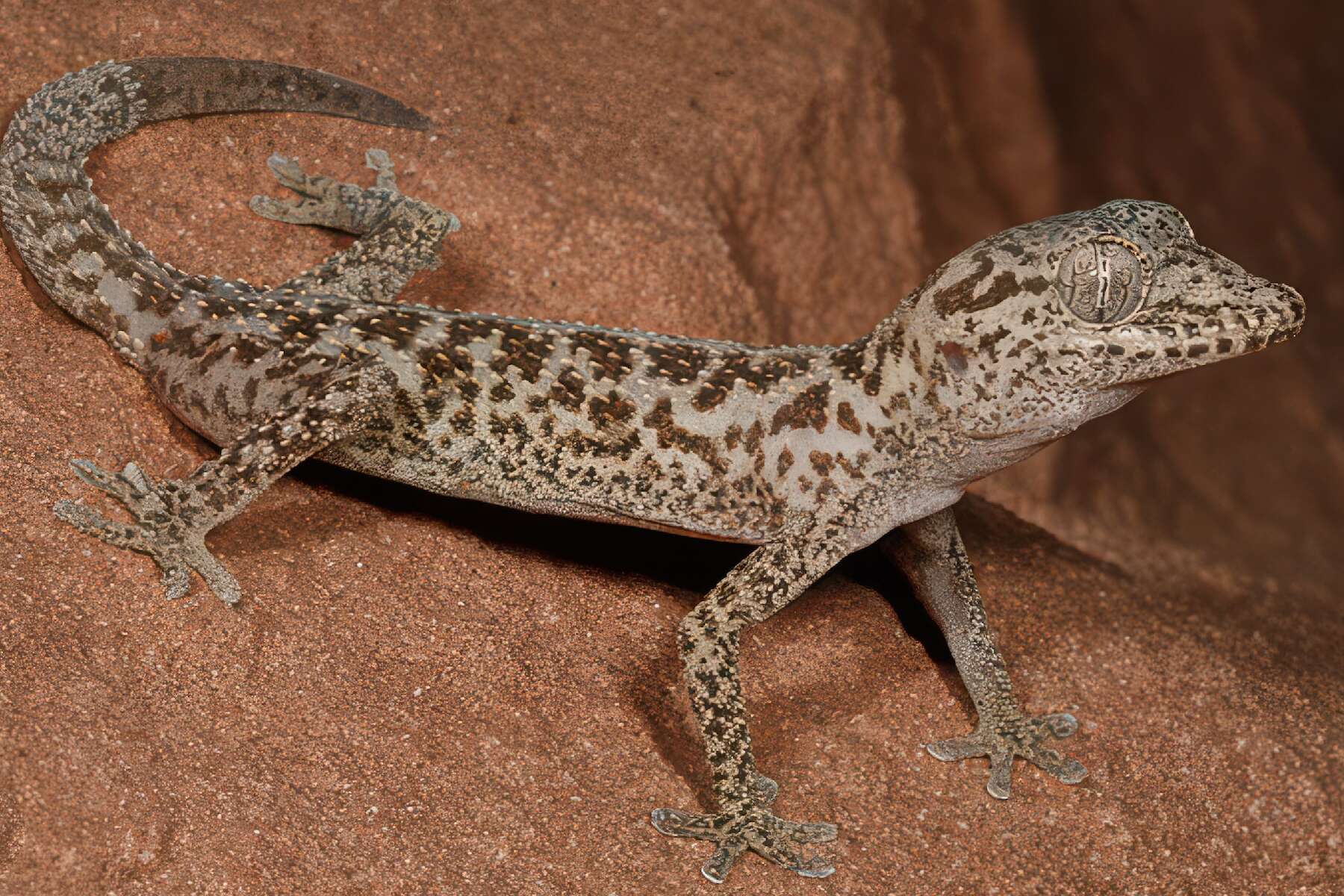

For more great articles from Conservation Namibia see below...
Conservation Namibia brought to you by:
We use cookies to monitor site usage and to help improve it. See our Privacy Policy for details. By continuing to use the site, you acknowledge acceptance of our policy.








